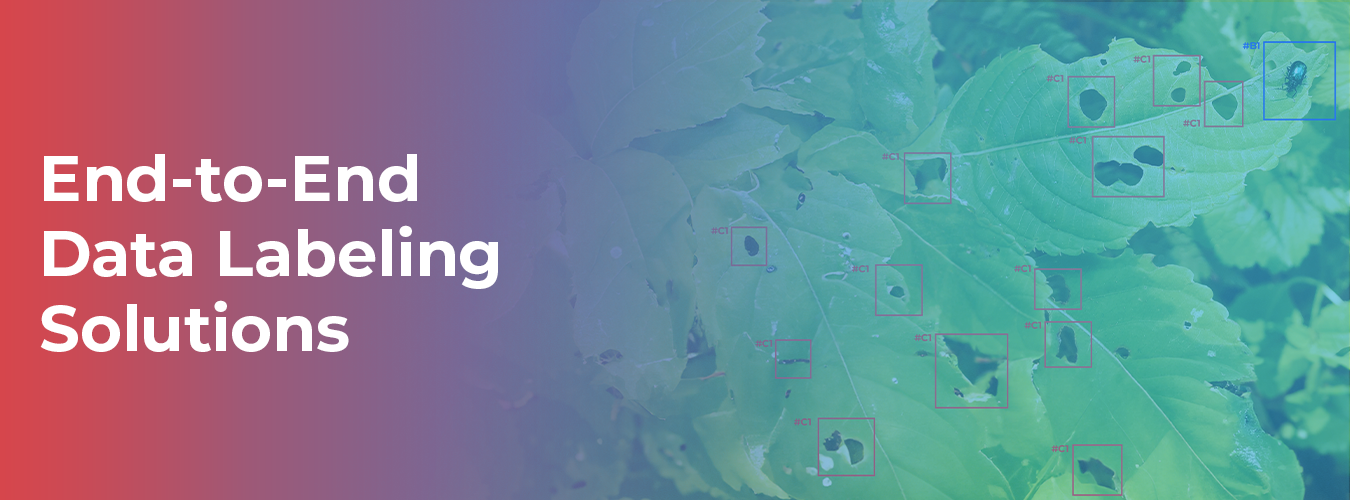End to End Data Annotation Workflow
Introduction
High-quality AI depends on high-quality annotated data. But how does raw data turn into structured, labeled datasets ready for machine learning? At [Your Company Name], we provide a seamless end-to-end annotation workflow — from project creation with datasets to final export.
Here’s how it works:
🔹 Step 1: Create a Project & Add Your Dataset
The workflow begins by creating a new annotation project.
Upload or link your dataset directly within the project setup.
Add multiple datasets if needed for comparison or multi-source training.
Ensure secure and organized dataset management right from the start.
🔹 Step 2: Define Classes & Annotation Types
During project creation, you can also set up the annotation schema:
Define class labels (e.g., Car, Person, Building, Tumor).
Choose annotation types such as bounding boxes, polygons, keypoints, or segmentation masks.
Standardizing classes at this stage ensures annotation consistency.
🔹 Step 3: Assign Annotators & Reviewers
Once the project is ready, tasks are distributed:
Annotators label the images or scans.
Reviewers validate annotations for quality.
Role-based workflows ensure accountability and collaboration.
🔹 Step 4: Annotate with AI-Assist + Human Precision
This is where the real annotation happens:
AI-Assist tools pre-label objects, speeding up repetitive tasks.
Annotators refine results with manual adjustments for accuracy.
Works across all domains: medical scans, satellite images, LiDAR point clouds, and general images.
🔹 Step 5: Review & Quality Assurance
Before finalizing, annotations pass through review:
Reviewers check for label accuracy and consistency.
Built-in validation metrics (e.g., IoU, Dice coefficient) can highlight discrepancies.
Feedback loops ensure continuous improvement.
🔹 Step 6: Export the Dataset
The final output is an AI-ready dataset, exported in your required format:
Supported formats: COCO, YOLO, Pascal VOC, JSON, and more.
Flexible export options allow selecting full or partial datasets.
Seamless integration into training pipelines accelerates AI model development.
Conclusion
From project creation to dataset export, our platform streamlines the annotation workflow into a single, efficient process. With AI-Assist, collaborative roles, and flexible export options, you can build high-quality datasets faster and at scale — ready to power the next generation of AI.

